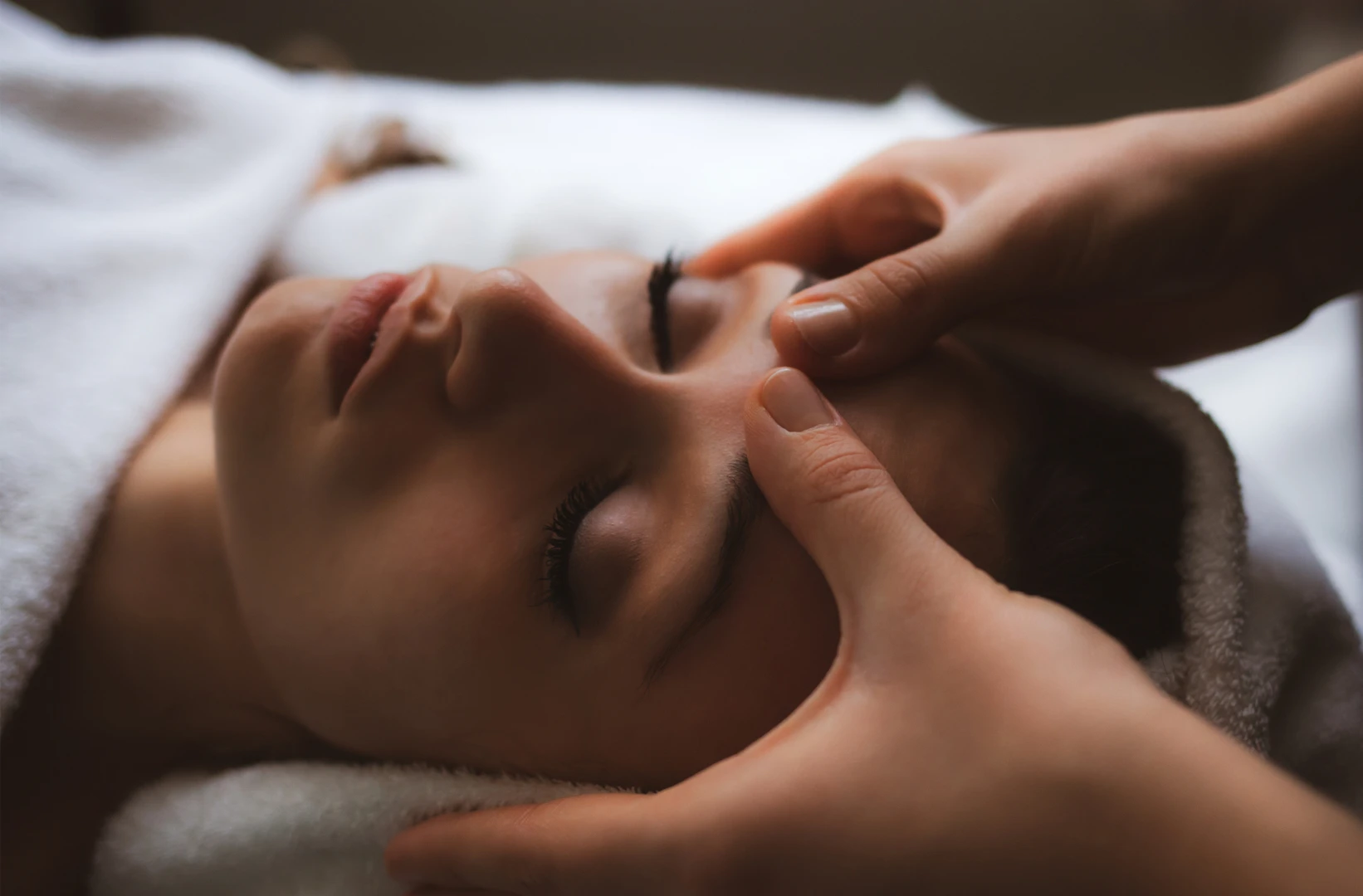RenewMD is the only medical spa with skin treatments for your skin tone a nationally renowned specialty in skin renewal & skin radiance a national top provider in Botox® and Juvederm injectables
Trusted Knowledge
At RenewMD Medical Spa, Dr. Sethi and her team are committed to educating our clients during their aesthetics journey.
Our globally-recognized podcast, and our local television segments cover all aspects of medical aesthetics, skincare, and lifestyle health, with a special focus on the needs of a diverse community. Our medical expertise and dedication to inclusive education have earned us a trusted reputation. Explore our educational videos and podcast episodes to help you achieve your skincare and wellness goals.
At RenewMD Medical Spa, Dr. Sethi and her team are committed to educating our clients during their aesthetics journey.
What People Are Saying
that’s making us blush!
Huge results on my hair laser. Course hair are completely gone and only do maintenance now. Staff are friendly and very considerate. Affordable and have all the latest and advanced tools for treatments from aging, laser, slimming, in the name of beauty. Brand new clinic is now located in Automall with more space. So beautiful!
- Claire P.
I have had 3 PicoSure treatments for my skin and can’t believe the results! I don’t have any more dark spots or large pores and my skin just looks so bright and glows. Rosa is an excellent Nurse Practitioner and so detail orientated. I also have been using their skin care and love their Retinol and Botanical C Serum. Definitely recommend this Med Spa and will be going back for more skin treatments.
- Jodie C.
HIGHLY RECOMMEND!!! The staff is very well trained and make you feel very comfortable. I got PRP therapy for my hair and I could see results! My hair feels a lot thicker and it is not falling out as much. Unfortunately I cannot show my before and after pics due to religious reasons but they were crazy. I even see new baby’s starting to grow. Don’t wait, do it now.
- Noor R.
Had a hydrofacial recently. The customer service was wonderful, the establishment was clean. Everyone was friendly and helpful. I felt welcome when I came and refreshed when I left. This is the first facial I've had that gave me noticeable results that lasted over a week.
– Christine D.
Clean environment, super friendly and nice staff. The consultant is very honest and informative pertaining treatment(s) for clients. My treatment, micro-needling w/PRP; face fully numb, little pain around/near the eyes and towards the end of the procedure. 3 treatments remaining - excited for the final results!
– Comfyinyourskin
I love RenewMD. They have the best prices and the best team. They have all worked so well. Everyone worked so carefully and profesional My treatments have worked very well. I lost the weight. The Ulteraphy is one of the ones I highly recommend because the changes in my face and the results in 3 months are amazing.
– Lupita R.
Huge results on my hair laser. Course hair are completely gone and only do maintenance now. Staff are friendly and very considerate. Affordable and have all the latest and advanced tools for treatments from aging, laser, slimming, in the name of beauty. Brand new clinic is now located in Automall with more space. So beautiful!
- Claire P.
I have had 3 PicoSure treatments for my skin and can’t believe the results! I don’t have any more dark spots or large pores and my skin just looks so bright and glows. Rosa is an excellent Nurse Practitioner and so detail orientated. I also have been using their skin care and love their Retinol and Botanical C Serum. Definitely recommend this Med Spa and will be going back for more skin treatments.
- Jodie C.
HIGHLY RECOMMEND!!! The staff is very well trained and make you feel very comfortable. I got PRP therapy for my hair and I could see results! My hair feels a lot thicker and it is not falling out as much. Unfortunately I cannot show my before and after pics due to religious reasons but they were crazy. I even see new baby’s starting to grow. Don’t wait, do it now.
- Noor R.
Had a hydrofacial recently. The customer service was wonderful, the establishment was clean. Everyone was friendly and helpful. I felt welcome when I came and refreshed when I left. This is the first facial I've had that gave me noticeable results that lasted over a week.
– Christine D.
Clean environment, super friendly and nice staff. The consultant is very honest and informative pertaining treatment(s) for clients. My treatment, micro-needling w/PRP; face fully numb, little pain around/near the eyes and towards the end of the procedure. 3 treatments remaining - excited for the final results!
– Comfyinyourskin
I love RenewMD. They have the best prices and the best team. They have all worked so well. Everyone worked so carefully and profesional My treatments have worked very well. I lost the weight. The Ulteraphy is one of the ones I highly recommend because the changes in my face and the results in 3 months are amazing.
– Lupita R.
Our Flexible Financing
RenewMD Medical Spa is removing cost as a barrier to care by offering fast, simple financing to our patients.
Cherry Payment Plans helps our patients get the treatments they need with smaller monthly payments.
Click below to learn more and apply!
Save with a Membership
GLOW GETTER, GOT IT ALL, & GLOW KEEPER
Highlights of the Membership:
1 FREE Picosure or PRP Treatment
Botox
25% OFF Treatment Packages
And Much, Much More…

Medical-Grade Skincare
Find your routine.
There’s nothing like the confidence that comes from truly feeling good in your own skin.
Let’s find what’s best for your skin.
Our Locations
400 Plaza Drive
Suite 140C
Folsom, CA 95630
(916) 245-3043
5657 Auto Mall Pkwy
Fremont, CA 94538
(510) 744-1582
3133 W March Ln
Suite 1040
Stockton, CA 95219
(209) 952-2251

CONNECT
SERVICE AREAS
SUPPORT
QUICK LINKS
©2024 RenewMD Wellness – All rights reserved.





